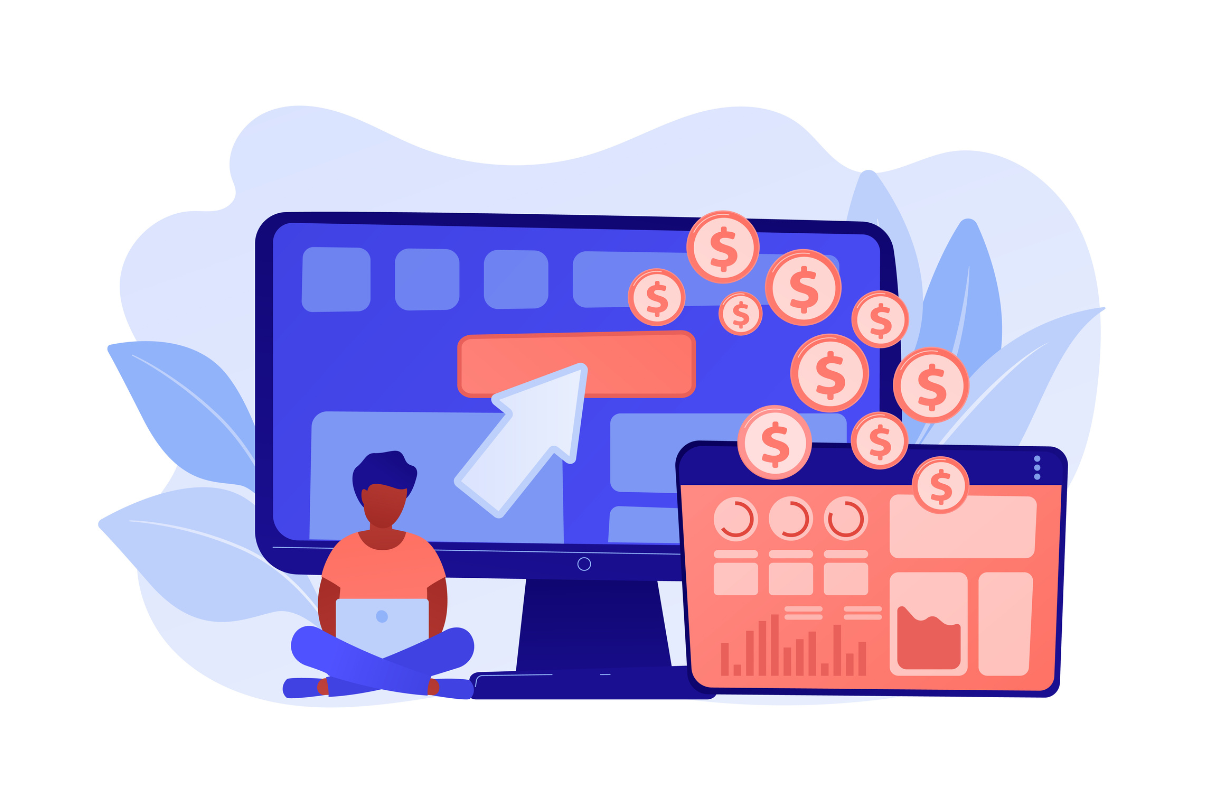
In today’s highly competitive business world, it’s essential to motivate and incentivize your dealers to drive sales and maximize revenue. One effective way to achieve this goal is by implementing a dealer incentive program that rewards top-performing dealers and encourages others to improve their performance. However, structuring a successful dealer incentive program requires careful planning and execution.
In this blog, we will discuss how to structure your dealer incentive programs for maximum success.
What is a Dealer Incentive Program?
A dealer incentive program is a rewards program that motivates dealers to sell more of your products or services. It typically includes bonuses, discounts, or other incentives that encourage dealers to achieve specific sales targets or perform certain actions that benefit your business.
A dealer incentive program can be designed to reward dealers for various types of behavior, such as increasing sales, selling specific products or services, building relationships with customers, or improving customer satisfaction. The rewards can be monetary or non-monetary, such as exclusive access to new products or services, training opportunities, or recognition.
Why Implement a Dealer Incentive Program?
A dealer incentive program can provide several benefits to your business, such as:
- Boosting Sales: A well-designed dealer incentive program can motivate dealers to sell more of your products or services, leading to increased revenue and market share.
- Encouraging Customer Loyalty: By incentivizing dealers to build strong relationships with customers, you can improve customer satisfaction and loyalty, leading to repeat business and positive word-of-mouth referrals.
- Improving Dealer Performance: By setting specific targets and rewarding top-performing dealers, you can encourage other dealers to improve their performance and increase their productivity.
- Strengthening Relationships with Dealers: By offering rewards and recognition to dealers, you can build stronger relationships with them, leading to a more collaborative and mutually beneficial partnership.
How to Structure a Successful Program?
1. Describe Your Goals
Like with any incentive scheme, start by outlining your goals in as much numerical detail as you can. The main goal keeps tabs on the exact outcomes you’re after, like higher sales. The secondary objective is to track the precise actions participants can take to accomplish the main goal.
Try to improve dealer salespeople’s participation in product training programs from the same time last year by more than 10% in the third quarter and achieve a 20% market share for a new product in its first full year of existence.
2. Decide Who and What is Important?
Determine which categories or which dealers, agents, or distributors are essential to your business if your organization sells through middlemen. Due to increasing retail consolidation, agents’ and representatives’ roles have diminished in the consumer business. When a small number of merchants hold a sizable part of the market, manufacturers no longer require hundreds of agents.
Also, it has become difficult for manufacturers of consumer goods to influence these massive merchants’ promotional strategies. But many business-to-business and consumer suppliers continue to channel a sizable portion of their volume through middlemen, and no incentive program will be successful until you identify the specific middlemen who are essential to it.
Also, specify how these target groups can assist you in achieving your goals, such as by stocking more merchandise, taking part in marketing, or training initiatives, putting up displays, joining marketing initiatives, or contributing customer datasets.
Typically, most of your business comes from your top 20% of dealers. So, the goal of incentive programs is to boost engagement among average performers as well as getting top achievers to push themselves more.
3. Find Out What’s in it for Them
You must contend with many other businesses for the interest of your middlemen unless you have a strictly regulated group of agents that are dependent on your business. Everyone is continuously trying to think of compelling arguments for the middlemen to concentrate on their product.
Most intermediaries will ultimately act in their customers’ and businesses’ best interests, which may not always be your best interests. Smart suppliers are aware that they must provide middlemen with programs that enable them to achieve their objectives of raising sales and earnings.
Consider hosting a customer council prior to rolling out any incentive programs. Bring the best distributors, agents, and dealers to an all-expenses-paid gathering to learn about their unique requirements and worries. Although most middlemen would claim that increasing sales and profits are their top priorities, this does not necessarily indicate that increasing margin or commission by 1% will result in a material rise in sales.
Dealers and distributors frequently respond more positively to initiatives that assist them in solving core issues, such as reducing competition, enhancing salesperson training and retention, cultivating consumer loyalty program, or increasing sales of a particular product or service category.
Additionally keep in mind that encouraging a dealer or distributor to carry large quantities of merchandise that never sells through is ineffective.
4. Structure the Program
It’s time to decide exactly what you want your middleman to do at this point. Usually, businesses ask them to stock or promote more of an existing product or take part in cooperative marketing initiatives.
However, what draws the middlemen in? Their suppliers all want them to carry more inventory and provide more market support for it. You ought to have left your meeting with important distributors or agents with further ideas for assisting them in achieving their goals.
You’ll improve performance among the middle 60% of dealers who can produce the most incremental volume by keeping your program straightforward. Finally, watch out for programs that manipulate sales by encouraging middlemen to make significant purchases or sales efforts during a program but nothing else before or after the qualifying time.
Select from Valuable Rewards
Make sure you can stick to the launch date you choose when choosing a launch date for your program. At RewardPort your program is managed from start to finish with hassle free solutions with full transparency.
The option of highly valued digital rewards further enhances our reward portfolio you can use regardless of geographies and regional boundaries.
Frequently Asked Questions
Why are dealer incentive programs important?
Dealer incentive programs are a way to reward top performers and let them know how much you appreciate what they do for the business. Customers who are loyal to you and your business will benefit from improved customer service and enduring business connections with your sales representatives.
What are the 3 types of dealer incentive programs?
The three types of dealer incentive programs are:
Volume-Based Incentive Programs
Performance-Based Incentive Programs
Targeted Incentive Programs
What is dealer incentive programs marketing?
Manufacturers utilize dealer incentives as a financial incentive to encourage dealers to market a specific product by providing discounts on that product. These corporate sales approach typically entails lowering the price a dealer pays to purchase an item from a manufacturer, which raises the dealer's profit when the item is sold.





